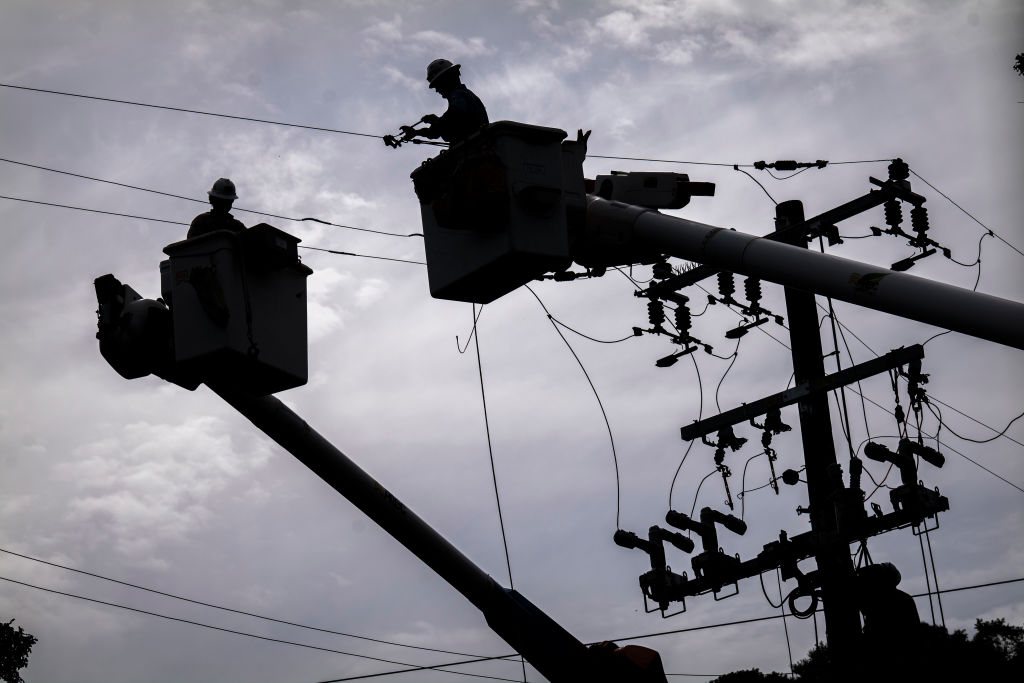
Trump Team Eyes Politically Connected Startup to Overhaul $700 Billion Government Payments Program
April 17, 2025
Is This Texas Suburb the New ‘Ground Zero Mosque’?
April 17, 2025While other countries sound the alarm on femicide, the U.S. continues to ignore its own deadly epidemic of gender-based violence.
This article was originally published on GirlTalkHQ.com under the headline “American Femicide Should Be A Wake-Up Call For Everyone: This Is Our Problem” and republished with permission.
A spate of 11 femicides in Italy so far this year is making global headlines and prompting calls for “cultural rebellion.” Yet femicide is far worse in the U.S., claiming thousands of lives a year, and comparatively normalized. It’s where the cultural pushback is needed most.
Last month, the United Nations’ annual two-week Conference on the Status of Women wrapped up in New York, having barely addressed growing threats of gender-based violence and without acknowledging the elephant in the room: how Trump administration policy swerves threaten to undo decades of progress for women, including women in the U.S.
U.S. policy now purports to evaluate government programs according to whether they make Americans safer, stronger or more prosperous. But when it comes to the status of women, we’re failing each of those tests miserably—especially the first one.
Shutting down USAID, slashing funding for the Department of Justice’s Office on Violence Against Women, and flagging federal agency programs related to gender to scrutinize for cuts and firings fundamentally undermine the safety of women and girls.
The intersecting factors driving femicide—aggressive masculinity, imbalanced gender power dynamics, homophobia and racism—remain unaddressed, and if anything, are exacerbated by our current politics.
Meanwhile, in the U.S. and globally, laws that are supposed to protect women against violence and services for survivors and those at risk of violence remain woefully inadequate. Whether we admit it or not, gender-based violence (GBV) is woven deep into the fabric of our lives.
Femicide can’t be written off as an archaic phenomenon or relegated to so-called “third world countries.” It’s a big, persistent problem, including in the U.S.
It was flagged in 1995 by another U.N. process, the Fourth World Conference on Women—which produced the Beijing Platform for Action, the most progressive blueprint ever drafted for advancing women’s rights. But despite signing up to the platform, the U.S. is still grappling with high femicide rates three decades later.
It’s horrific and unacceptable that women in U.S. and worldwide are being killed just because they’re women, but that’s the reality. The U.N. issues annual femicide reports, and the latest one is damning, finding a woman is murdered by her partner or family member every 10 minutes. Gender-based violence remains universal, as does the discriminatory culture against women and girls that fuels it.
Though global, the problem is worse in our region. The Americas have the world’s second-highest femicide rate (1.6 per 100,000 women). The United States, specifically, accounts for 70 percent of all femicides in high-income countries. In 2020, over 2,000 American women were murdered by men—most of them (unsurprisingly) with a firearm.
These deaths are preventable but remain alarmingly common. U.S. policymakers seem oblivious. The intersecting factors driving femicide—aggressive masculinity, imbalanced gender power dynamics, homophobia and racism—remain unaddressed, and if anything, are exacerbated by our current politics.
It’s not only the current administration that has not faced up to the reality of femicide. The Biden-Harris administration released a report in 2024 on progress toward implementing our Beijing Platform for Action commitments. The report mentions some successes, such as narrowing the “boyfriend loophole” to help keep guns out of the hands of domestic abusers. But the word “femicide” appears nowhere in the report, even though it claims the lives of thousands of American women each year.
We need more investment in data collection and preventive strategies we know work, such as comprehensive sexuality education and early intervention programs.
Today, deleting the term “gender” from U.S. government-funded programming effectively eliminates programs to combat gender-based violence. Ending DEI programming, repealing privacy for abortion patients and instituting unsupportive sexual assault policies all stand to aggravate GBV.
A lack of data and inconsistent data collection make GBV more intractable. Without comprehensive and disaggregated data, advocates and policymakers can’t even understand the full scope of the problem, let alone craft effective solutions.
We need more investment in data collection and preventive strategies we know work, such as comprehensive sexuality education and early intervention programs. Most importantly, we must tackle the violent masculinity—the harmful behaviors associated with well-known male influential figures that reinforce patriarchal norms—that plagues society and fuels violence against women.
These problems are solvable, and GBV and femicide are preventable. But it will require sufficient investment in data collection, violence prevention and support for survivors. It will also require a cultural reexamination where the United States wakes up to the reality of GBV and femicide in this society and confronts its own role in perpetuating them.
As well as basic morality, the commitments the U.S. made 30 years ago in Beijing obligate our government to make these investments. Citizens need to hold it accountable for living up to its obligation.
Great Job Maniza Habib & the Team @ Ms. Magazine Source link for sharing this story.





